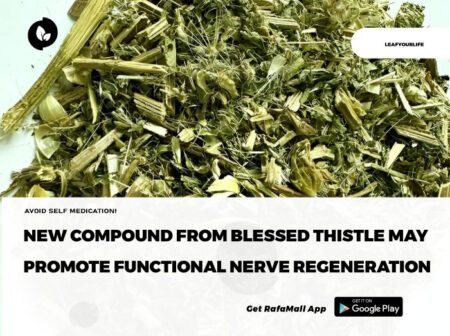
Spondias mombin, also known as yellow mombin or hog plum and popularly known in the Akan language of Ghana as “atoa” is a species of tree and flowering plant in the family of Anacardiaceae. It is native to the tropical Americas, West Indies, and some parts of native West Africa. It seasonally bears a small yellow fruit with quite a sizeable lone seed in its middle and tastes puckery and has a biting or stinging feeling to the tongue.
The fruit of hog plum can be formulated into a general fruit drink and contains a wide range of vitamins that improves one’s immune system and makes one’s skin, hair, and nails healthier. As much as there is more focus on the fruits of the plant, this article seeks to expose an interesting activity that was found out in a study carried out into its leaves that may provide a natural anti- conceptive alternative for mankind.
A common practice in Eastern Nigeria where the fresh leaves of Spondias mombin is widely used by the natives to aid delivery and to expel the placenta in small ruminants (sheep and goats), especially during difficult labour prompted Chukwuka N. Uchendu, et al., 2008 to conduct research with the objective of evaluating the in vivo effects of leaf extract of Spondias on the reproductive performance of female rats. The results and conclusion brought to
light the possible “reproductive-linked” uses of the leaves of the plant that can later be developed in the near and far future.
A 70% aqueous ethanolic extract of the leaves of S. mombin was prepared (percentages and units in research article) and was tested on an isolated uterine muscle of a female rat and was found to contract it. This extract was then injected intraperitoneally at postcoital periods (day 1 to day 4) in one group of female rats for the experiment.
The second group of female rats received their doses at postcoital periods (day 8 to day 11) by when they had already gotten pregnant while the last group served as a control and was given only the 70% aqueous ethanol
without the extract. On day 20, the animals were sacrificed and all the possible evaluations that could be made were done.
After the evaluations, it was found that 60% of the female rats in group one (1) who received the extract right from day 1 to day 4 after mating with a male rat didn’t get pregnant, 100% of the other study group of female rats (group 2) who received the extract from day 8 to 11 after with a male rat and got pregnant did not miscarry. This means that the leaves of the plant in discussion possessed the ability to stop the rats (60%) from getting pregnant but didn’t have the ability to abort the fetuses out of the wombs of those rats who had already gotten pregnant.
Their work was concluded with the above results that the aqueous ethanolic extract of the leaves of S. mombin proved to be an anti-conceptive rather than an abortifacient and recommendations were made that more research had to be conducted to be able to come out and ascertain that the leaves of Spondias mombin can be used to prevent pregnancy, therefore might be a natural contraceptive in the making.
NB: This information doesn’t warrant and serve the knowledge that the above plant should be
used to prevent pregnancy.
References
Afr Health Sci. 2008 Sep; 8(3): 163–167, Antifertility activity of aqueous ethanolic leaf extract
of Spondias mombin (Anacardiaceae) in rats, PMCID: PMC2583269, PMID: 19357744
https://www.ncbi.nlm.nih.gov/pmc/articles/PMC2583269/
Written by: Ernest Edem Ayer
Herbal Intern











